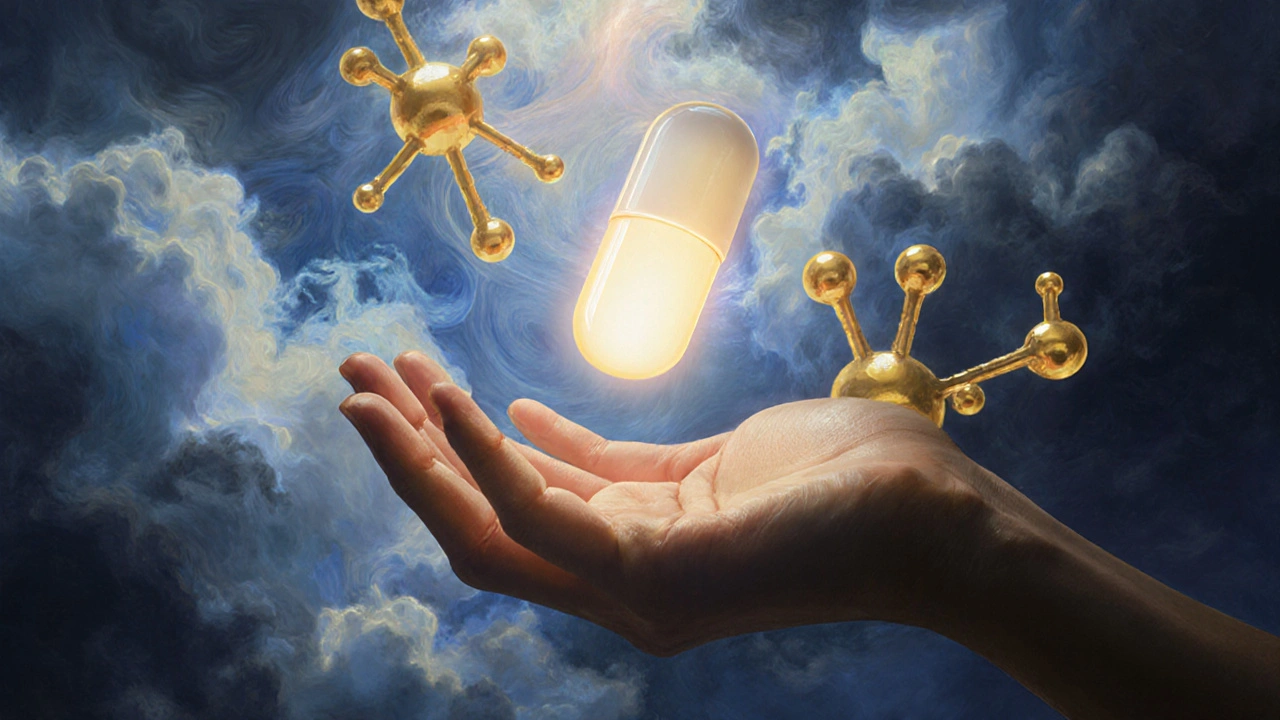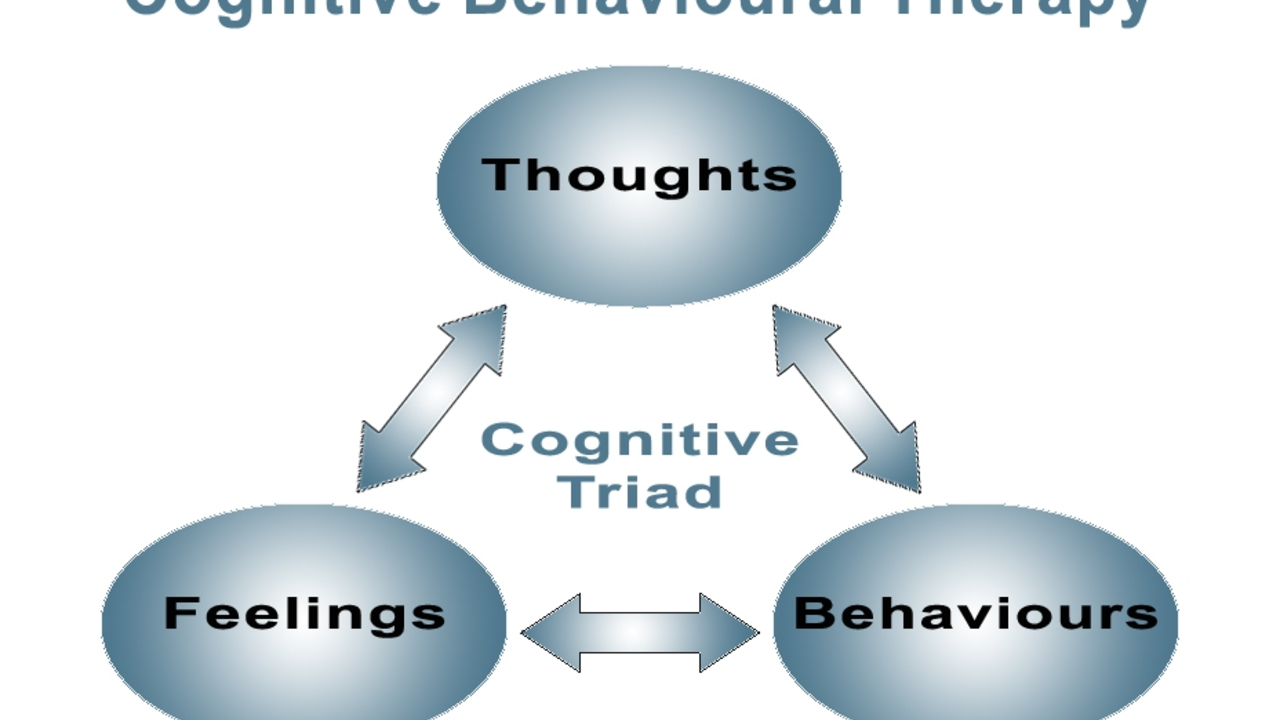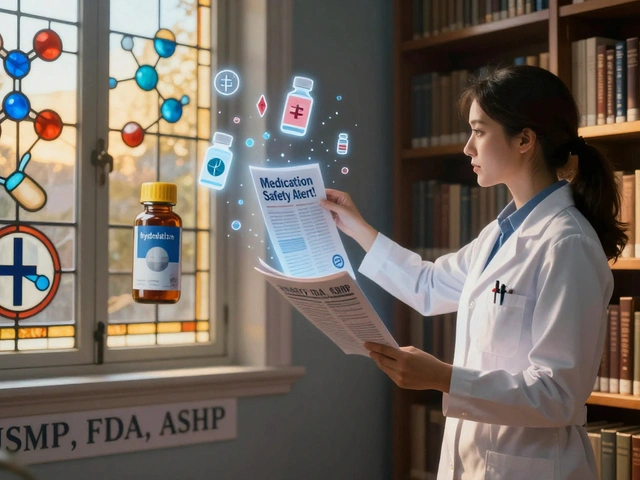Mental Health: clear steps for ADHD, therapy, and meds
Struggling with focus, impulsivity, or feeling disconnected from your thoughts? This category helps you find practical tools—whether you’re curious about therapy, tracking medication effects, or learning to reflect more clearly. Read short, usable posts that get straight to what works.
Practical CBT moves for ADHD
Cognitive Behavioral Therapy (CBT) isn’t just talk—it gives hands-on strategies you can use today. Try these simple moves: break tasks into tiny steps, use a 10-minute timer to get started, and keep a short checklist that you update before bed. CBT also teaches thought records: when a negative thought pops up, write it down, note the evidence for and against it, and pick one action to test the thought.
Adults with ADHD often rely on routines that quietly fail. Swap vague plans for fixed cues: always put keys in the same bowl, schedule bill-paying on the first weekday, and pair a small reward with finishing chores. These are practical CBT-style habits that reduce overwhelm and build momentum over time.
Using atomoxetine: what to watch for
Atomoxetine (a non-stimulant ADHD med) can change how you notice your own thoughts. Some people say they feel more able to reflect and plan; others notice subtle shifts in mood or energy. Keep a short daily log for two weeks when you start or change dose: note attention, sleep, appetite, mood, and one example of clearer thinking. This makes it easier to spot real benefits or side effects.
If you notice increased calm and better planning, try pairing that with CBT tasks—use the improved focus to practice a new routine for two weeks. If you see headaches, sleep changes, or mood dips, call your prescriber and bring your log. Simple data helps the clinician adjust treatment faster than vague descriptions.
How to combine therapy and meds without getting overwhelmed: 1) Start with one change at a time—either a behavioral habit or a medication adjustment. 2) Track effects for two weeks before changing anything else. 3) Share specific examples with your therapist or doctor, not general feelings. 4) Keep basic self-care steady: sleep, movement, and meals matter for both meds and therapy.
Want quick wins today? Pick one CBT habit (timed starts or a nightly checklist) and keep a one-line journal after each day. If you’re starting atomoxetine, use a short log and book a follow-up after two weeks. Browse our posts below to read a step-by-step CBT guide for ADHD and a firsthand look at how atomoxetine affects self-reflection. Practical steps plus real user notes help you make smarter choices fast.

Emotional Blunting from SSRIs: What It Is and How to Fix It
Emotional blunting from SSRIs affects 40-60% of users, causing numbness, loss of joy, and detachment. Learn why it happens, who it impacts most, and proven ways to fix it - from dose reduction to switching meds.
Read More
SNRI Medications: Extended Treatment Options for Mental Health
SNRI medications like venlafaxine and duloxetine offer effective treatment for depression, especially when paired with chronic pain or fatigue. Learn how they work, how they compare to SSRIs, and who benefits most.
Read More
Benzodiazepines: What They Do, How They Help, and Why They Can Be Dangerous
Benzodiazepines offer fast relief for anxiety and seizures but carry high risks of dependence and withdrawal. Learn how they work, when they're truly helpful, and how to use them safely-or stop them properly.
Read More
The Role of Cognitive Behavioral Therapy in Treating ADHD
In my latest research, I've discovered that Cognitive Behavioral Therapy (CBT) plays a pivotal role in treating ADHD. It's a structured therapy that aids in managing symptoms by altering negative thought patterns and fostering positive behavioral change. CBT is often used alongside medication to maximize its effectiveness. I've found that it's particularly helpful for adults with ADHD who may have developed unhealthy coping strategies over the years. Overall, CBT can be an empowering tool for those living with ADHD, providing them with practical techniques to navigate their daily challenges.
Read MoreThe Impact of Atomoxetine on Self-Reflection and Introspection
As a blogger, I've recently delved into the fascinating topic of how Atomoxetine impacts self-reflection and introspection. Atomoxetine, a popular medication for ADHD, has been found to improve our ability to examine our thoughts and emotions. Through its effect on the neurotransmitters in our brain, Atomoxetine has been shown to enhance introspection and self-awareness. This is particularly beneficial for individuals with ADHD who often struggle with self-reflection. Overall, Atomoxetine has the potential to greatly improve the lives of those who take it by fostering deeper connections to their own thoughts and emotions.
Read More




